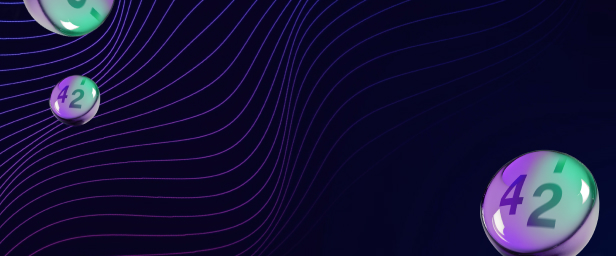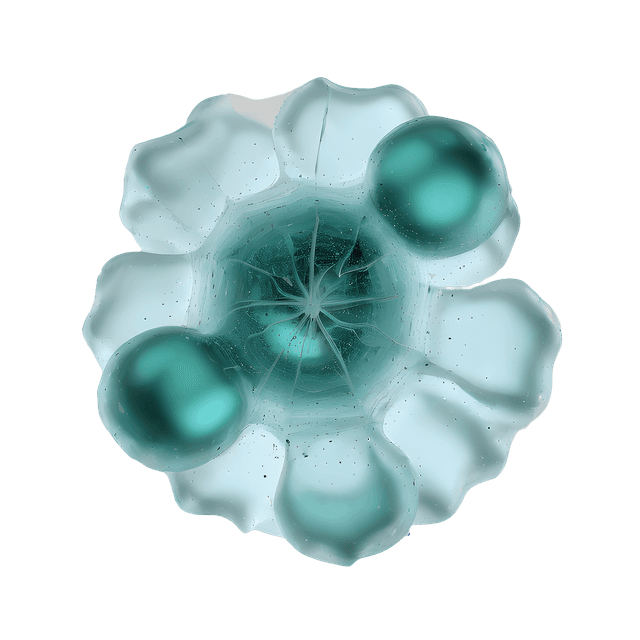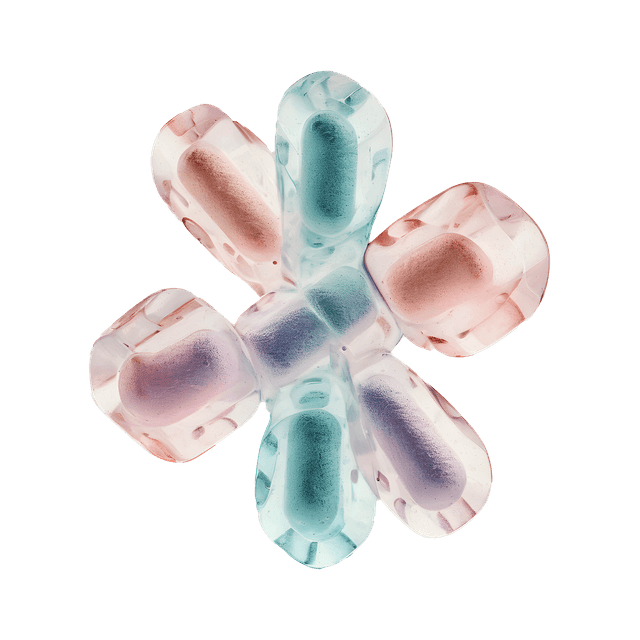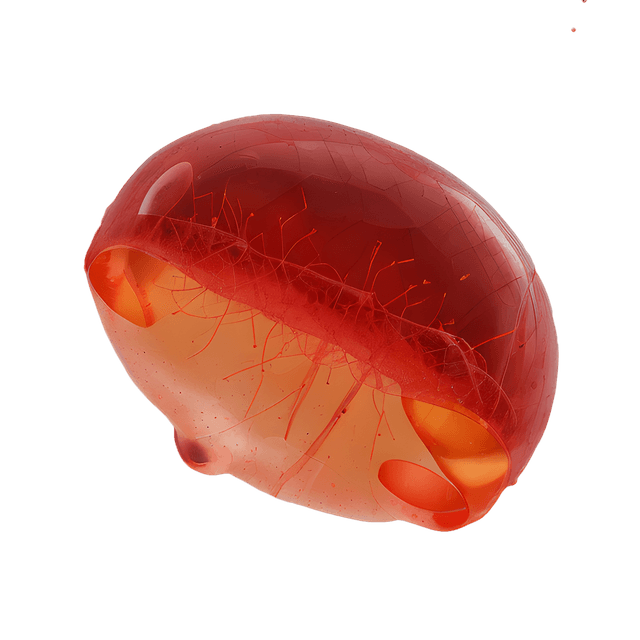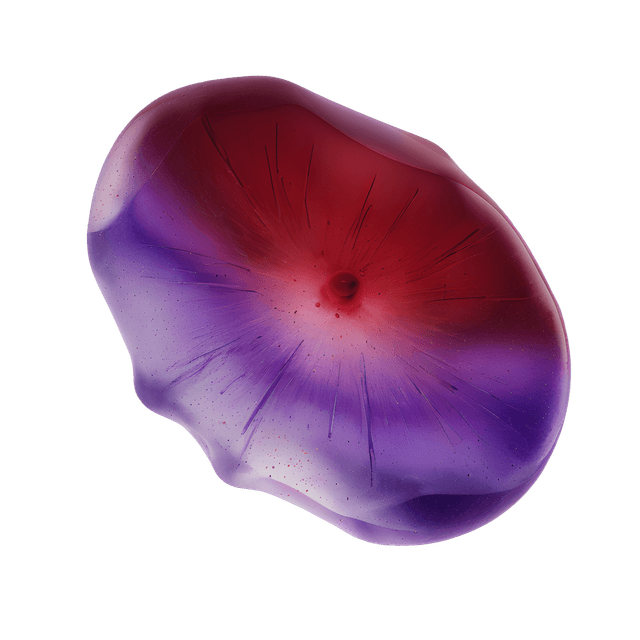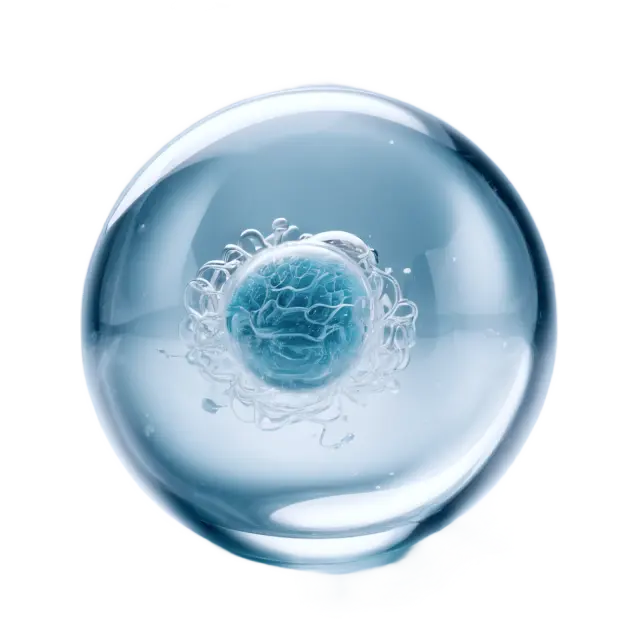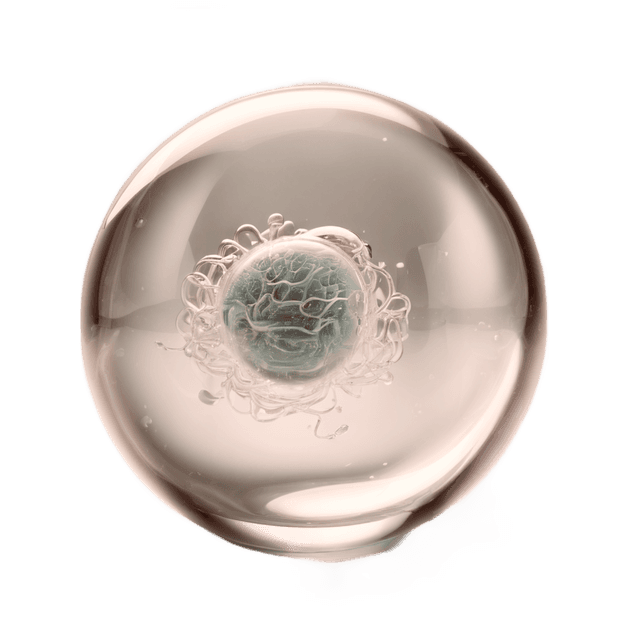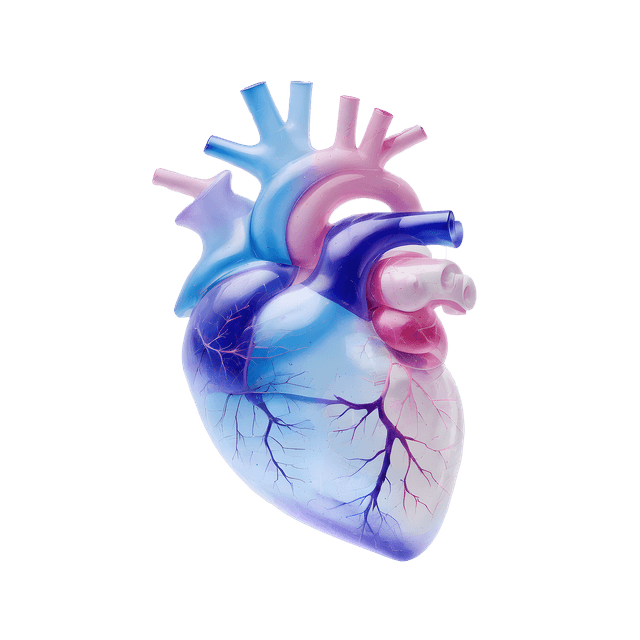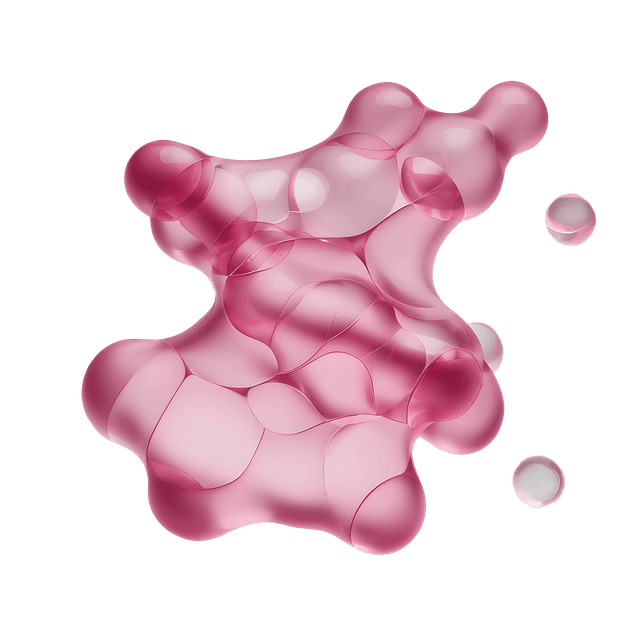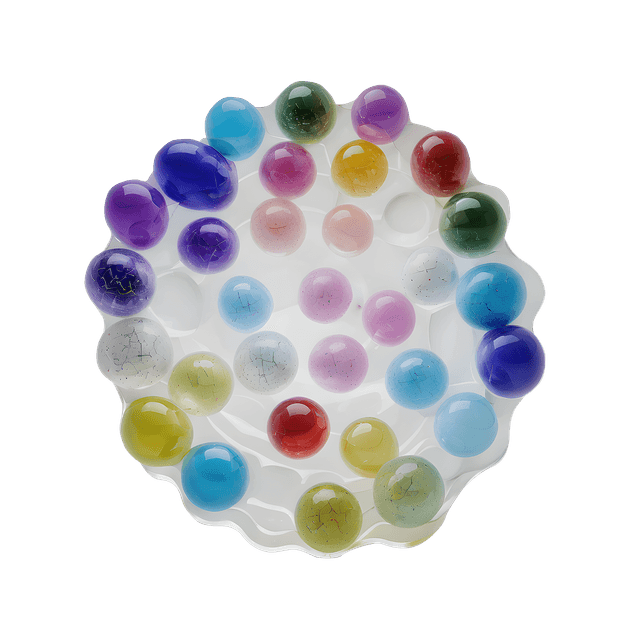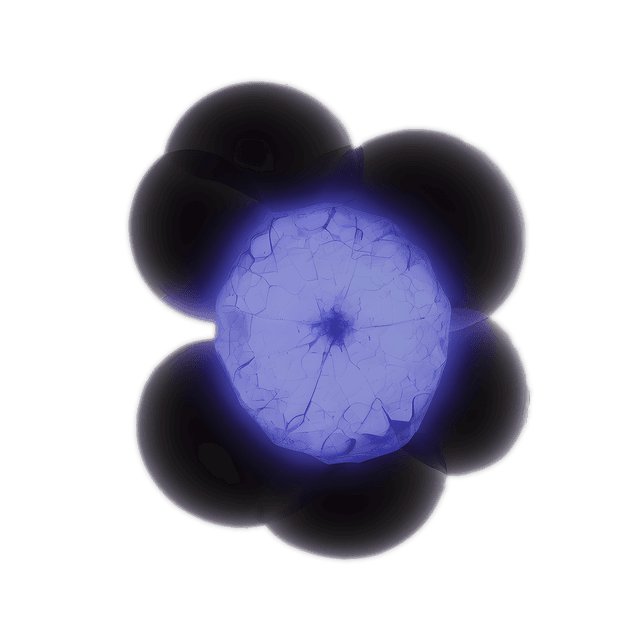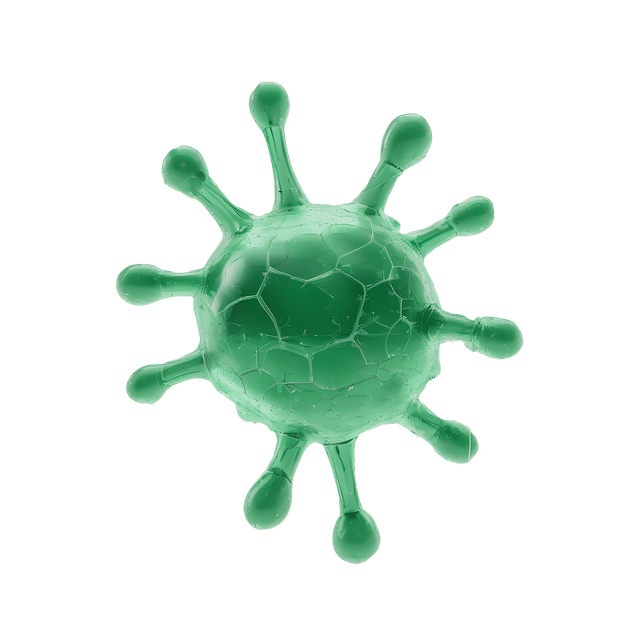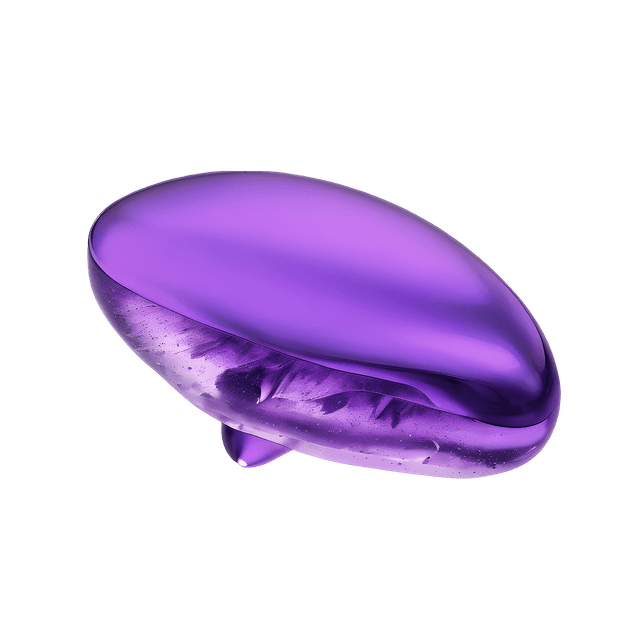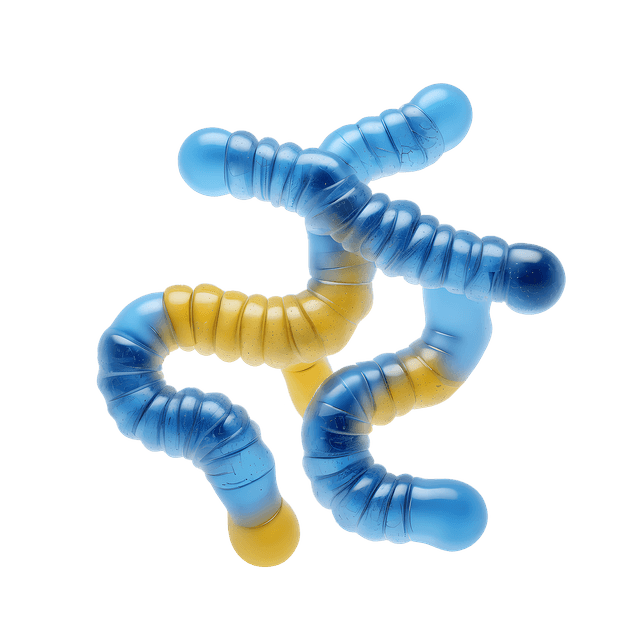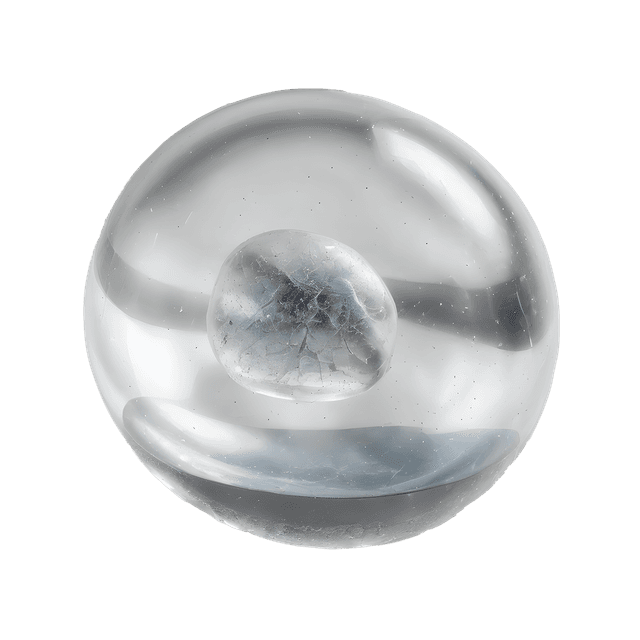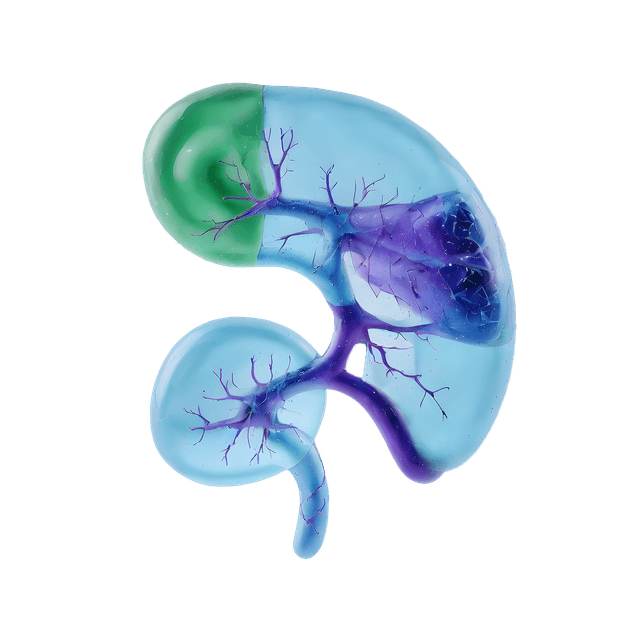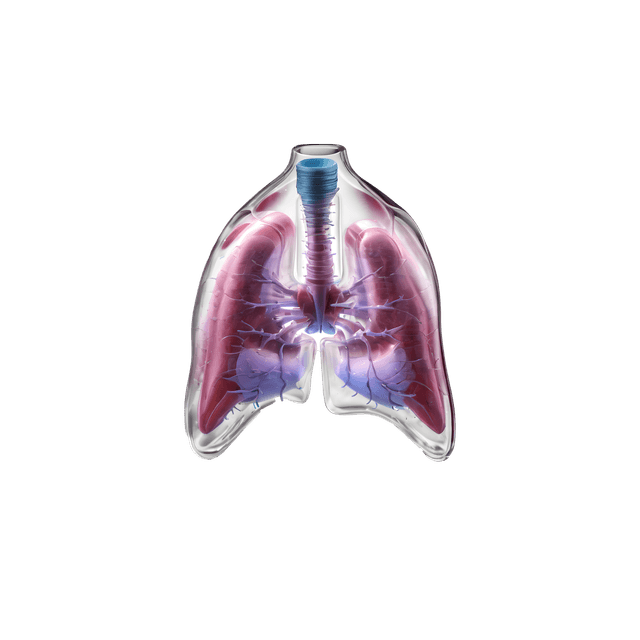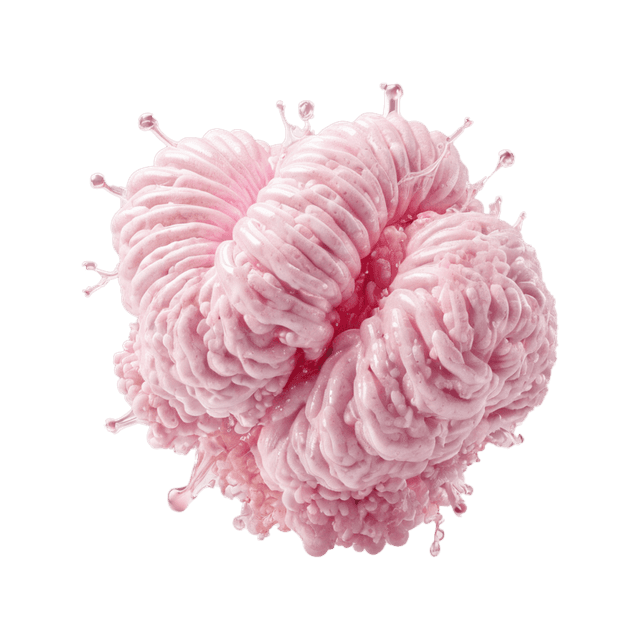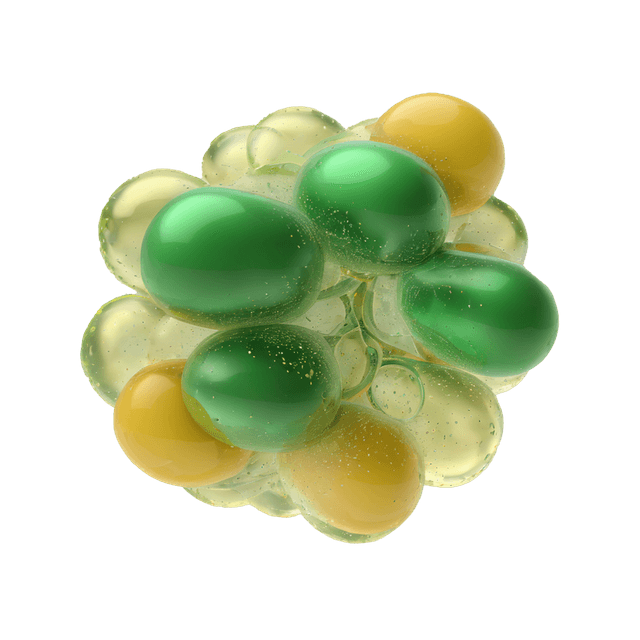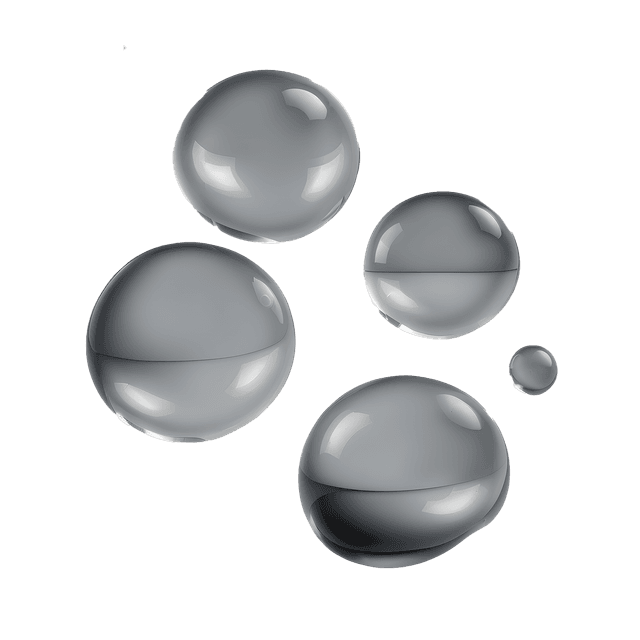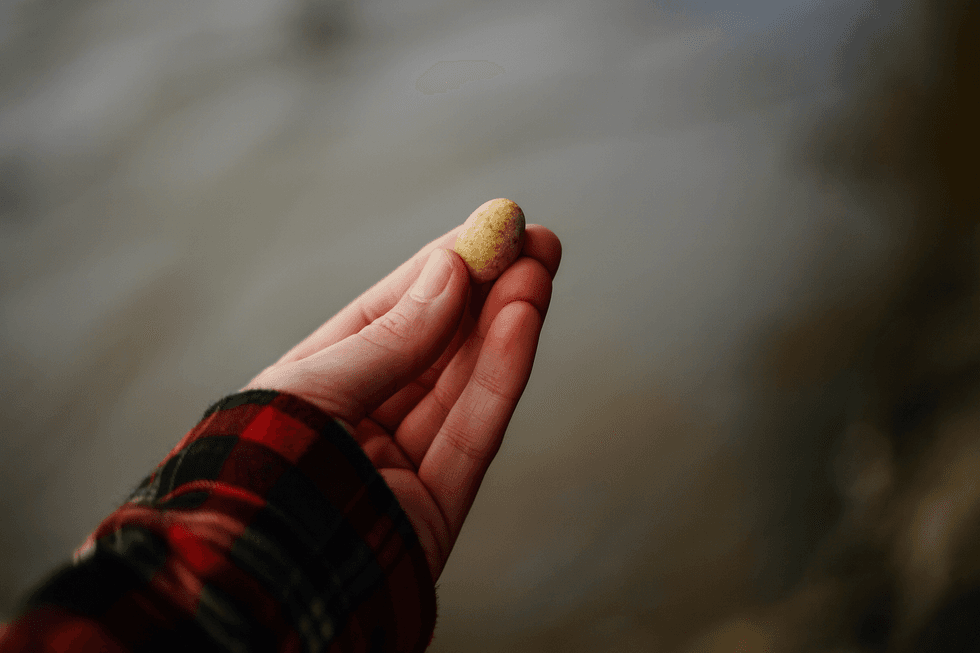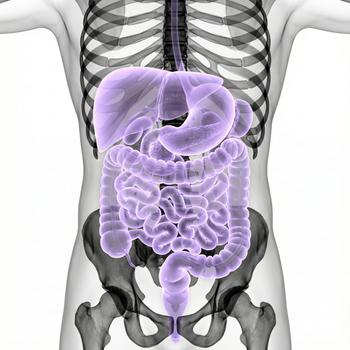Quick version
Gallstones are small stones that form in the gallbladder when the balance of bile composition is disrupted. Most people don't notice anything at all, but when a stone gets stuck in the bile duct, you can have a gallstone attack. An attack can cause severe pain under the right rib cage that sometimes radiates to the back or shoulder.
The pain often comes after fatty foods and can be accompanied by nausea, cold sweats and bloating. In some cases, gallstones lead to complications such as inflammation of the gallbladder, pancreas or blocked bile ducts, which can cause jaundice and fever.
The risk of gallstones increases with age, obesity, rapid weight loss, heredity and hormonal influences such as pregnancy or estrogen treatment. Women are affected more often than men.
Diagnosis is usually made with ultrasound, sometimes supplemented with MRCP (magnetic resonance cholangiography) and blood tests such as ALT, AST and Bilirubin. Treatment depends on the severity of symptoms – from painkillers for mild symptoms to surgery to remove the gallbladder for recurrent attacks.
Seek medical attention if you have persistent pain under the right rib cage, fever, jaundice or vomiting that does not go away. Gallstones are usually harmless, but in some cases may require prompt treatment.
What are gallstones?
Gallstones are small crystals that form in the gallbladder – a small organ that stores bile, the fluid that helps the body break down fat. When the balance in the composition of bile is disrupted, cholesterol or calcium salts can start to clump together and form stones. Most people who have gallstones do not notice them at all. These so-called silent gallstones do not cause any problems and are usually discovered by chance, for example, during an ultrasound or X-ray of the stomach. Problems only arise when a stone gets stuck in the bile duct and prevents bile from flowing out. Then you can have a so-called gallstone attack, which can be experienced as an intense, cramp-like pain that can be very severe.
Common symptoms of gallstones
The problems usually occur after fatty meals because the gallbladder then contracts to release bile into the intestine. Bile is needed to break down fat, but if a stone gets in the way and blocks the bile duct, the bile cannot drain properly. The pressure in the gallbladder increases rapidly and causes intense, cramping pain under the right rib cage. The more fat there is in the food, the stronger the contraction and the greater the risk of pain attacks.
Typical symptoms to look out for
- Cutting or cramping pain under the right rib cage.
- Pain that radiates to the back or right shoulder.
- A feeling of pressure or aching in the diaphragm.
- Nausea, cold sweats and sometimes vomiting.
- A bloated and bubbly stomach.
- The pain often decreases when you move – many people find it difficult to lie still.
- The symptoms can come in attacks with periods in between when you are completely symptom-free.
The pain usually comes on suddenly and reaches its maximum intensity within minutes, and many people describe it as some of the most intense pain they have ever experienced.
Complications of gallstones
If a gallstone blocks the bile duct for a long time, bile can become stagnant, which irritates and inflames the gallbladder wall. The stagnant bile can also cause infections or affect other organs, such as the liver and pancreas. In such cases, the condition can become more serious and require medical treatment.
Inflammation of the gallbladder (cholecystitis)
If a stone gets stuck and the gallbladder becomes inflamed, it is called cholecystitis, which can cause;
- Persistent pain under the right rib cage.
- Fever and tenderness when pressed.
- Sometimes nausea and vomiting.
The pain does not go away between attacks but is constant and dull.
Inflammation of the pancreas (pancreatitis)
A gallstone that gets stuck in the transition to the pancreatic duct can cause acute inflammation of the pancreas. This is a serious and sometimes life-threatening condition. With pancreatitis, you may experience the following symptoms;
- Severe, stabbing pain in the upper part of the stomach.
- Nausea, vomiting and sometimes fever.
- Pain that radiates to the back.
The condition almost always requires hospitalization, so you should contact your healthcare provider immediately if you suspect it.
Jaundice (icterus)
If the bile duct becomes completely blocked, bile can no longer reach the intestine. You can then develop jaundice, with symptoms such as:
- Yellowish skin and whites of the eyes.
- Dark urine and light or grayish-white stools.
- Itching on the body.
- A dull pain under the right rib cage.
In case of jaundice, infection of the bile ducts can also occur, which is noticeable by high fever and chills.
Why do people get gallstones?
Gallstones form when the balance between the substances in bile is disrupted. Bile mainly consists of water, bile acids, cholesterol and bilirubin. These are substances that together enable the body to break down fat. When bile contains too much cholesterol in relation to the bile acids, the cholesterol can begin to crystallize. These microscopic crystals grow over time into larger stones in the gallbladder.
If the gallbladder also does not empty properly, for example during prolonged fasting or a sedentary lifestyle, the bile remains there longer than normal and the risk of crystals forming increases. Hormonal factors, such as estrogen during pregnancy or when using birth control pills, can also contribute by changing the composition of bile and increasing the amount of cholesterol. In other words, gallstones occur when several factors interact, an imbalance in the content of bile, impaired emptying of the gallbladder and sometimes hereditary differences in how the body handles cholesterol and bile acids.
Factors that contribute to an increased risk of gallstones
- Hormonal influences (for example, pregnancy, birth control pills, estrogen therapy).
- Age over 40 years.
- Overweight or rapid weight loss.
- A diet high in fat and low in fiber.
- Heredity – if several people in the family have had gallstones, the risk increases.
- Diabetes and certain liver diseases.
How are gallstones diagnosed?
The diagnosis is made based on typical symptoms and confirmed with imaging diagnostics. The first choice is ultrasound, which can quickly show stones and signs of inflammation, while MR abdominal MRCP (magnetic resonance imaging of the biliary tract) is used in unclear cases. Blood tests such as ALT and Bilirubin complement the examination to detect effects on the liver or bile ducts.
Ultrasound
The first choice for suspected gallstones. The ultrasound shows the gallbladder and bile ducts clearly and can reveal both stones and signs of inflammation. The examination is quick, safe and without radiation.
Magnetic camera - MR abdomen (MRCP)
In case of uncertainty or suspicion that a stone is stuck further down the bile ducts, a MRCP (magnetic resonance imaging of the bile ducts) is used. It provides detailed images without contrast media and is used when a more precise image of the bile ducts is needed.
Computed tomography (CT) scan
Can be used to rule out other causes of abdominal pain or in more severe cases where ultrasound is not sufficient.
Blood tests
Blood tests are used to assess liver damage and possible infection.
- ALAT (alanine aminotransferase) – shows signs of liver damage
- ASAT (aspartate aminotransferase) – reflects liver damage
- ALP (alkaline phosphatase) – increases in cholestasis
- Bilirubin – increases in blockage of the bile ducts
- CRP (C-reactive protein) – shows the degree of inflammation
- Leukocytes (white blood cells) – increases in infection
- S-Amylase – used to rule out inflammation in pancreas
Treatment of gallstones
Treatment is adjusted to how much trouble the gallstone is causing. For mild attacks, painkillers such as diclofenac or paracetamol are often enough, and avoiding fatty foods until the pain has passed. If the problems recur, or if the gallstone is causing inflammation, keyhole surgery (laparoscopic cholecystectomy) is usually recommended, where the gallbladder is removed. The procedure is safe, involves a short hospital stay and prevents future attacks. In rare cases, when surgery is not possible, gallstones can be dissolved with drugs such as ursodeoxycholic acid, but the treatment only works on certain types of stones and takes a long time.
Seek medical attention if you experience severe or persistent pain under the right rib cage, fever, chills, yellowing of the skin or whites of the eyes, or if you vomit and the pain does not go away. Recurrent stomach discomfort after meals should also be investigated, as it can be a sign of gallstones even with milder symptoms.
Frequently asked questions about gallstones
Can you have gallstones without symptoms?
Yes, many people have so-called silent gallstones that do not require treatment.
Are gallstones hereditary?
Yes, in part. Genes can affect how the body handles cholesterol and bile acid, which increases the risk of forming stones.
Can gallstones go away on their own?
Small stones can pass spontaneously, but the risk of new stones is high.
What diet is best for gallstones?
Eat regularly and avoid large, fatty meals. A fiber-rich diet with fruits, vegetables, and whole grains can reduce the risk of new problems.

